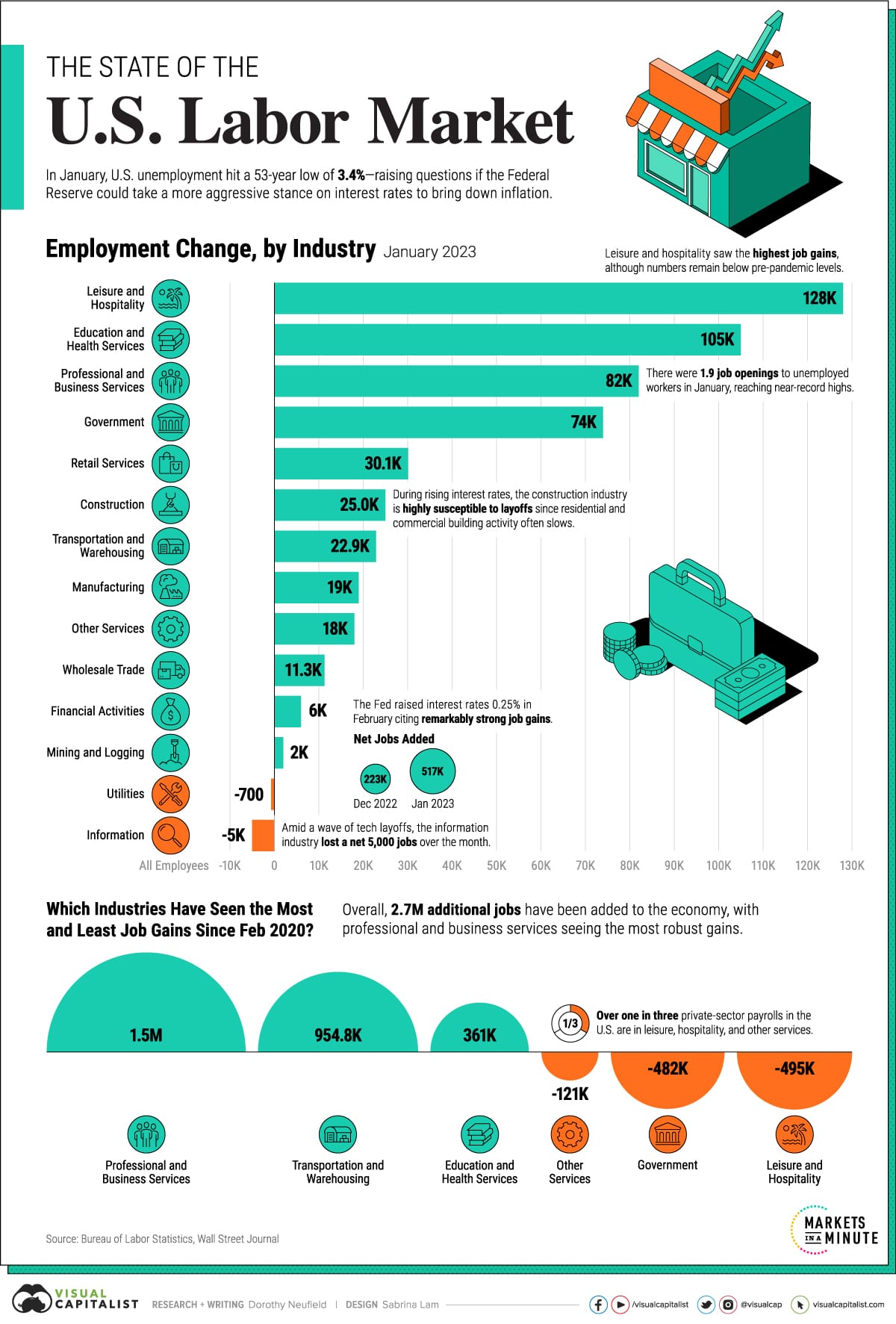The highly anticipated jobs report for November is due today, providing crucial insights into the state of the U.S. labor market as the economy navigates through fluctuating conditions. Analysts are keenly watching the data for signs of job growth, wage increases, and unemployment rates, which can significantly influence Federal Reserve policy and market sentiment.
Economists are forecasting that nonfarm payrolls increased by approximately 200,000 jobs in November, a slight decrease from the previous month’s robust gain of 261,000. This anticipated slowdown is attributed to several factors, including rising interest rates, inflationary pressures, and ongoing supply chain disruptions that have affected various sectors.
The unemployment rate is expected to hold steady at around 3.7%, reflecting a tight labor market where employers continue to compete for talent. Wage growth is also a key focus, with expectations for average hourly earnings to rise by 0.3% month-over-month, which would indicate a year-over-year increase of around 4.6%.
The report will also provide insights into sectors that are performing well, such as healthcare, leisure, and hospitality, which have shown resilience in recent months. Conversely, sectors like manufacturing and retail may reflect the impact of economic headwinds.
Market analysts are closely monitoring this report as it can influence the Federal Reserve’s next steps regarding interest rate hikes. With inflation still above the Fed’s target, the central bank is under pressure to balance economic growth with controlling inflation. Investors will be looking for clues in the report to gauge the overall health of the economy and its trajectory heading into 2024.
As the labor market remains a critical indicator of economic health, today’s jobs report will be closely scrutinized by policymakers, businesses, and investors alike. The data will be released at 8:30 AM ET, and the implications of the findings will likely reverberate through financial markets and economic discussions in the days to come.



